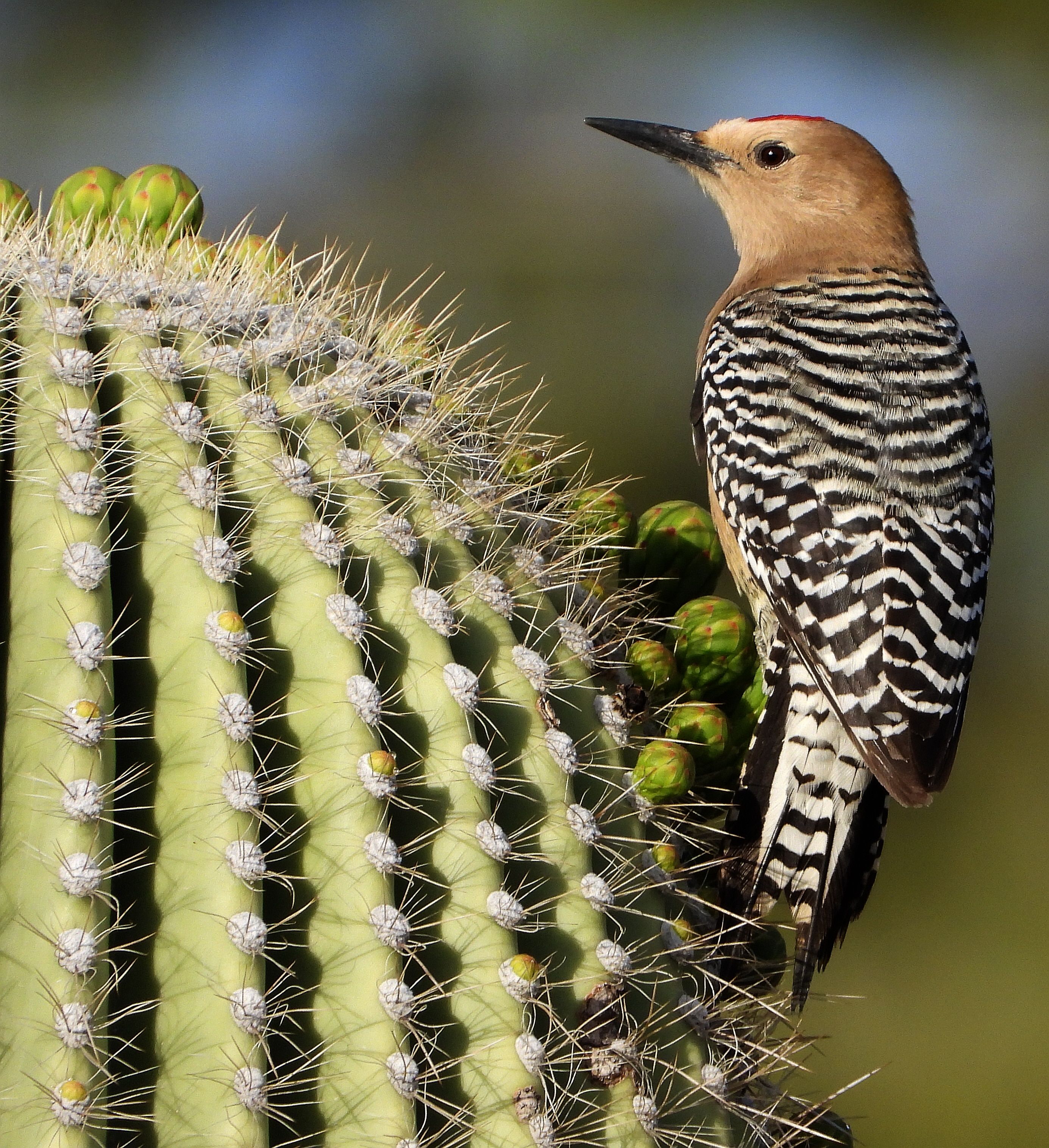Discover Arizona's Native Birds: A Guide to Local Species

Arizona’s diverse landscapes, from its arid deserts to its lush forests, are home to a stunning array of native birds. Whether you’re a seasoned birder or a curious beginner, exploring these species offers a unique glimpse into the state’s rich biodiversity. This guide highlights some of Arizona’s most iconic birds, their habitats, and tips for spotting them, making it a must-read for nature enthusiasts.
Meet Arizona’s Iconic Native Birds

Arizona boasts over 550 bird species, many of which are native to the region. Below are some of the most notable birds you can discover:
- The Greater Roadrunner: Known for its speed and distinctive appearance, this ground-dwelling bird is a symbol of the Southwest. Look for it in desert scrub and open areas.
- The Gila Woodpecker: A common sight in saguaro cacti, this woodpecker nests in cactus cavities. Its black-and-white plumage makes it easy to identify.
- The Vermilion Flycatcher: With its vibrant red plumage, this small bird is a favorite among birders. Find it near water sources in desert and riparian habitats.
- The Elegant Trogon: A rare and colorful bird found in southeastern Arizona’s sky islands. Its metallic green and red feathers make it a prized sighting.
📌 Note: Early mornings and late afternoons are the best times to spot these birds, as they are most active during cooler hours.
Where to Find Arizona’s Native Birds

Arizona’s varied ecosystems provide habitats for different bird species. Here’s where to look:
- Desert Regions: Focus on areas with dense scrub and cacti, such as Saguaro National Park, for roadrunners and Gila woodpeckers.
- Riparian Zones: Along rivers and streams, like the San Pedro River, you’ll find vermilion flycatchers and other water-loving species.
- Mountainous Areas: The sky islands, such as the Santa Catalina Mountains, are home to the elegant trogon and other high-altitude birds.
Tips for Birdwatching in Arizona

To make the most of your birdwatching adventure, keep these tips in mind:
- Bring Binoculars: Essential for spotting birds from a distance without disturbing them.
- Use a Field Guide: A guide specific to Arizona birds will help you identify species quickly.
- Stay Quiet and Patient: Birds are more likely to appear when you remain still and silent.
- Visit During Migration Seasons: Spring and fall bring migratory birds, increasing your chances of rare sightings.
📌 Note: Always respect wildlife and adhere to park regulations to protect Arizona’s natural habitats.
Checklist for Arizona Birdwatching

Before heading out, use this checklist to ensure you’re prepared:
- [ ] Binoculars and camera
- [ ] Field guide or birdwatching app
- [ ] Water and snacks
- [ ] Comfortable hiking shoes
- [ ] Sunscreen and hat
Arizona’s native birds are a treasure waiting to be discovered. From the speedy roadrunner to the dazzling elegant trogon, each species offers a unique experience. By exploring their habitats and following these tips, you’ll gain a deeper appreciation for the state’s avian diversity.
What is the best time of year for birdwatching in Arizona?
+Spring and fall are ideal for birdwatching in Arizona, as migratory birds pass through the state during these seasons.
Where can I spot the elegant trogon in Arizona?
+The elegant trogon is commonly found in southeastern Arizona’s sky islands, particularly in areas like the Santa Rita Mountains.
What should I bring for a birdwatching trip in Arizona?
+Essentials include binoculars, a field guide, water, snacks, comfortable shoes, and sun protection.
Arizona birdwatching, native birds of Arizona, bird species in Arizona, birdwatching tips, Arizona wildlife, birdwatching checklist.



